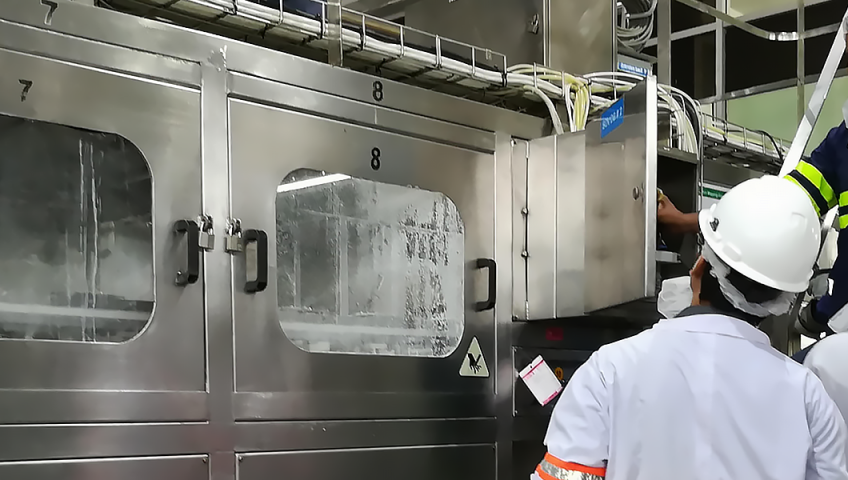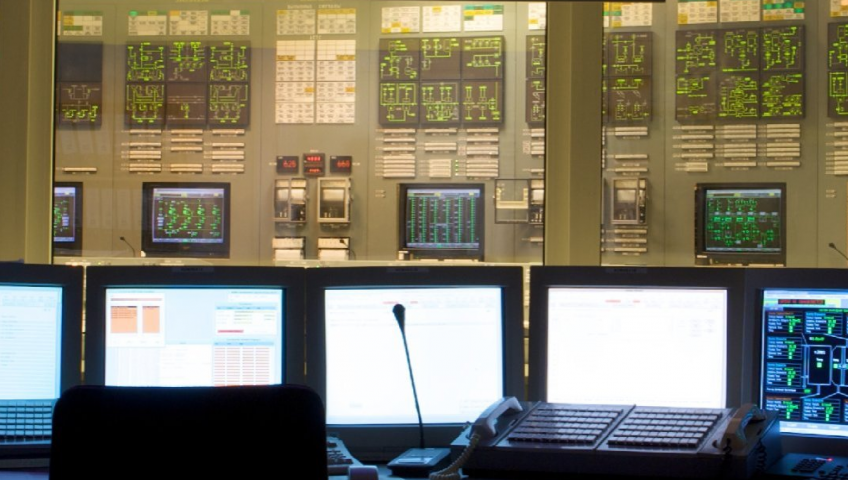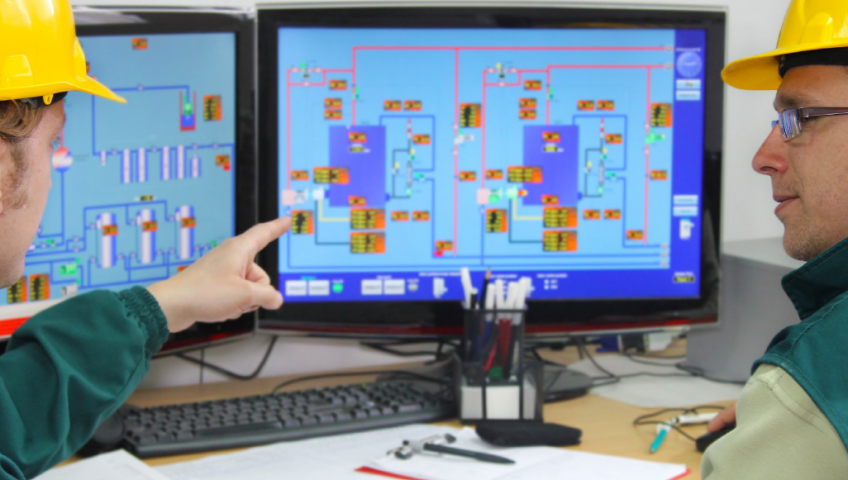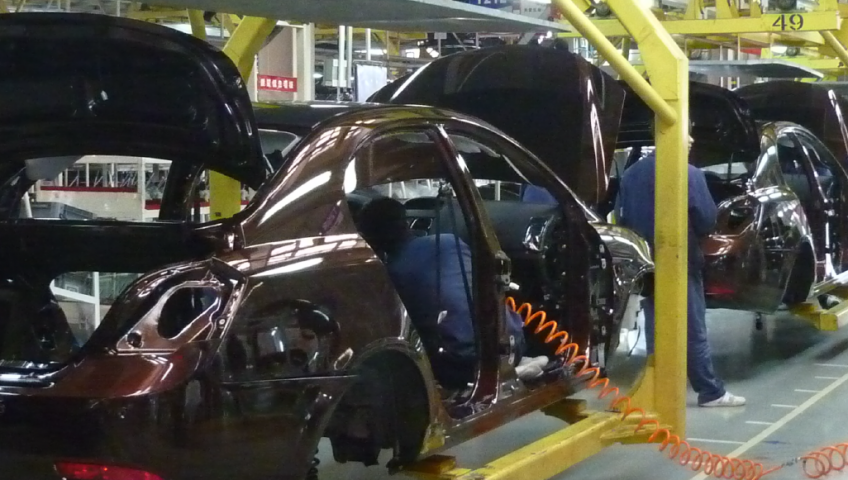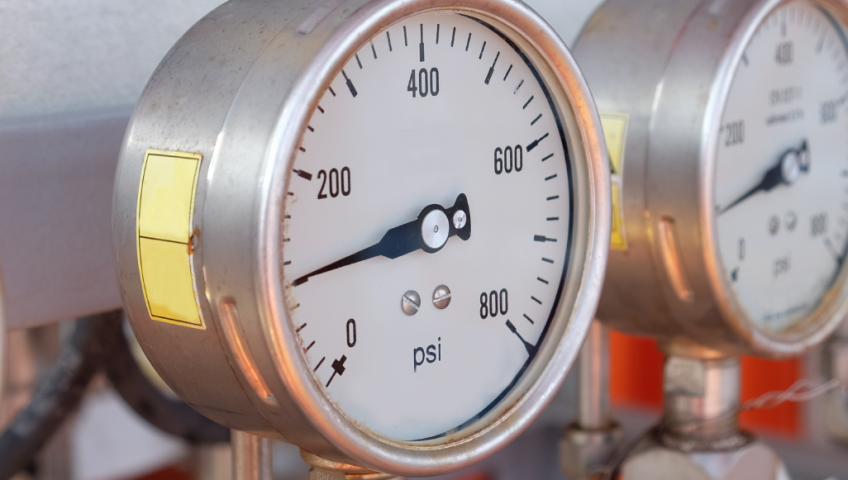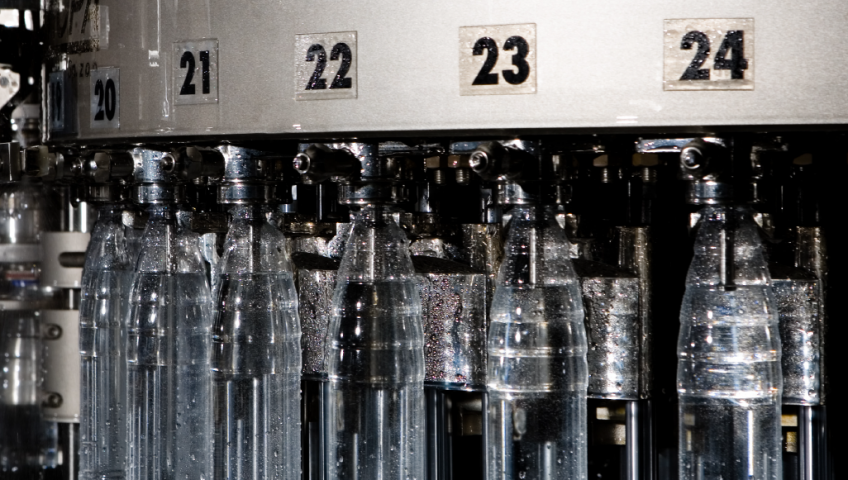This is the last article in Automate’s article series on Compressed Air Monitoring.
Read previous parts here: Part 1, Part 2, Part 3, Part 4
This last part focuses more on rationalizing the decision to adopt modern technologies. We’ve already discussed the benefits and features of these systems in detail, but the reality out here is that a majority of plants today are still running without any complex monitoring systems and appear to work – apparently – completely fine.
Traditional plant managers and operators would argue that most existing issues in plants can be fixed with a more simplistic approach than installing complex monitoring systems. Their argument being that a pareto analysis of any typical plant will show that nearly 70% of all major symptoms arise from only the top 30% of all issues and fixing just those 30% issues can create significant jumps in performance. It may thus seem arguable whether an elaborate monitoring solution – once that requires investment in software, sensors and instrumentation – is it worth the excessive cost when the tradeoff is an often-smaller cost in manual inspections and audits?
While an operational approach to this dilemma would see sense in conserving costs and sticking to a simpler solution if it achieves similar results, it’s the short-term approach to such issues that can lead to more severe long-term problems. What this short-term approach overlooks, is the impact of compressed air leaks on the rest of the plant.
Compressed air leaks don’t just waste energy and affect production, a lowered system pressure for longer duration significantly deteriorates plant assets, compressors and pneumatic equipment. It causes tools to function with lower efficiency, affecting the quality of production; equipment cycles are increased, which shortens their remaining useful life. This extra load leads to extra maintenance cost and time, more unscheduled downtime and ultimately damage to assets which incurs losses that go well beyond any potential savings that could have been made by bypassing continuous monitoring.
A well-planned continuous monitoring solution not only helps conserver energy, it also ultimately helps increase the plant and its assets’ life and output. As the world moves towards higher efficiency and accountability for organizations tightens, adopting technology that helps you reduce wastage, and adhere to environmental and statuary compliance concerns will only help organizations break ahead of their competition and lead the world.
If you would like to learn more about compressed air monitoring or other services Automate International offers for Pneumatic Systems, please feel free to contact us.


